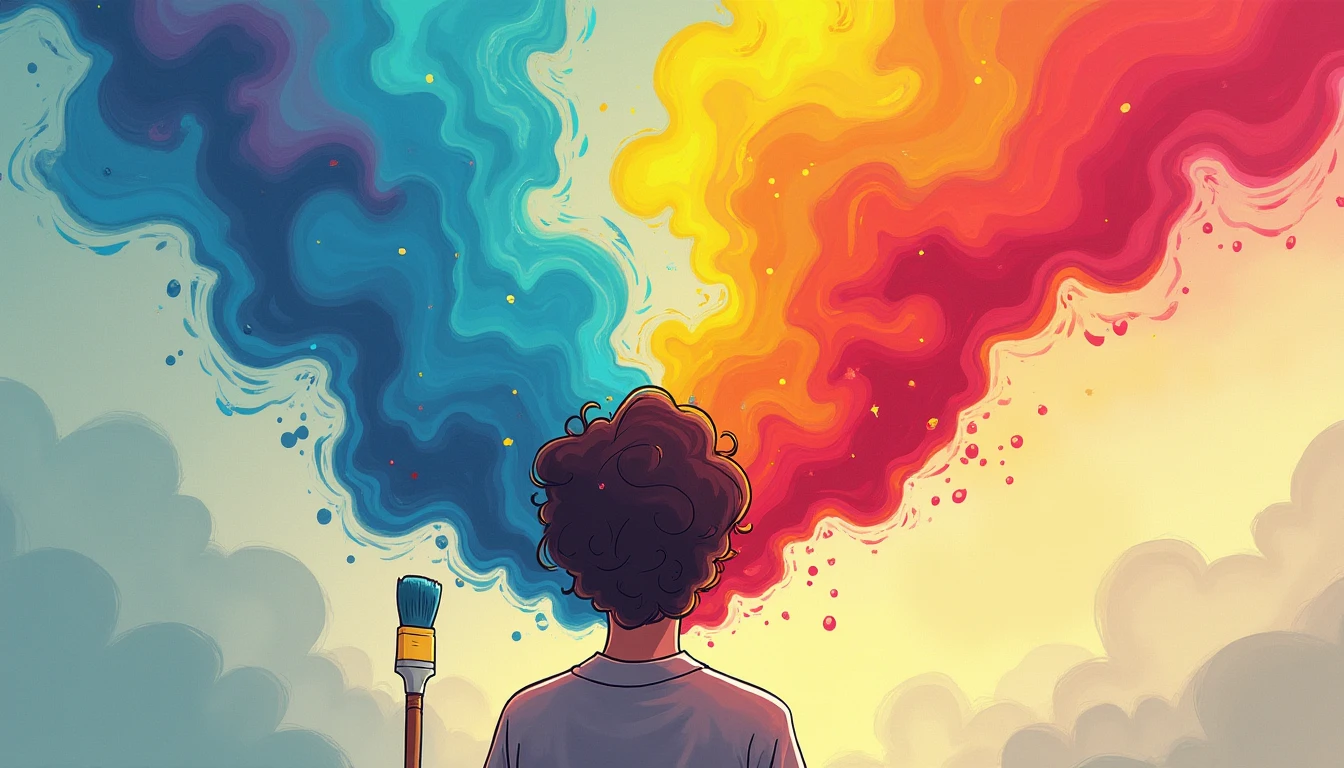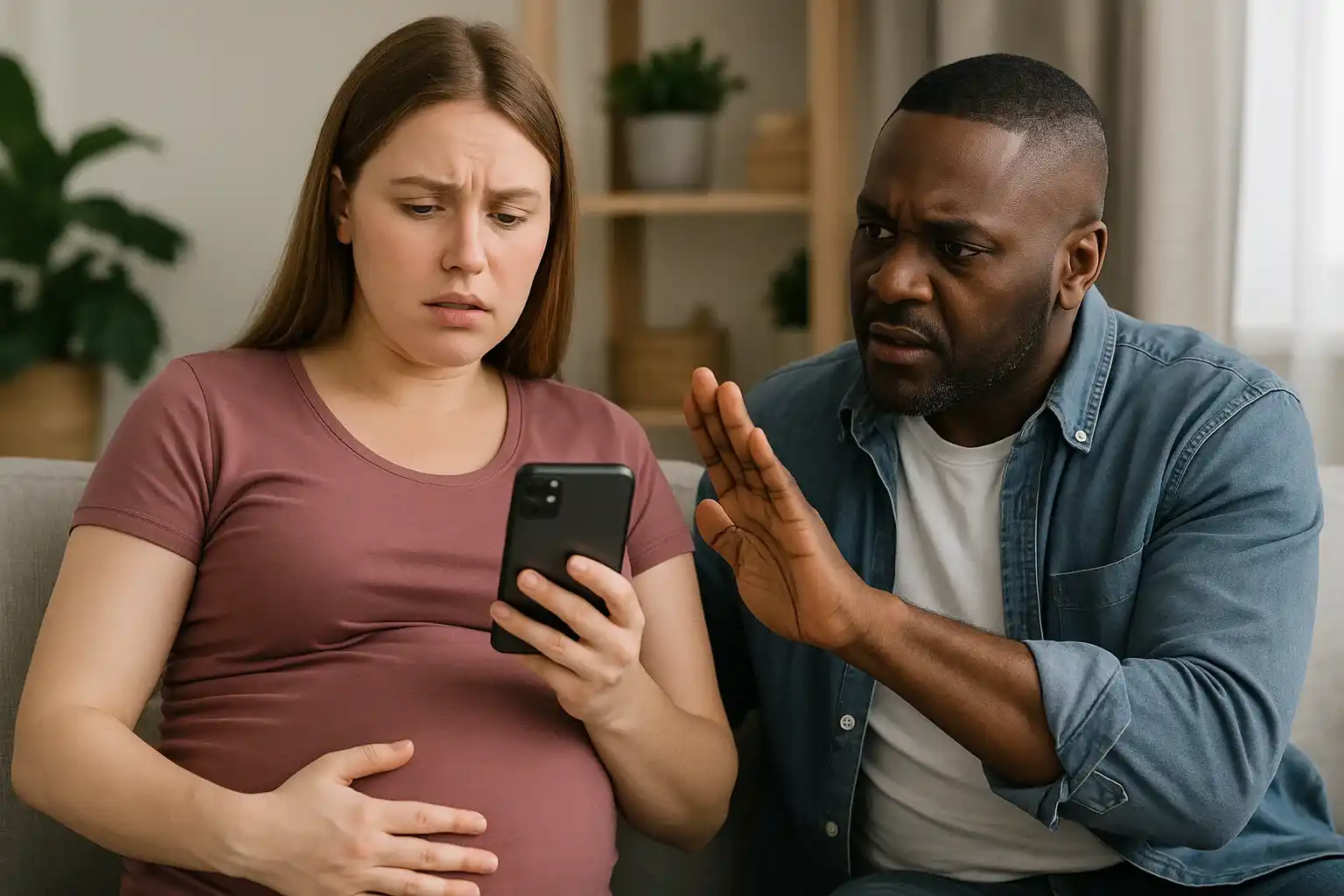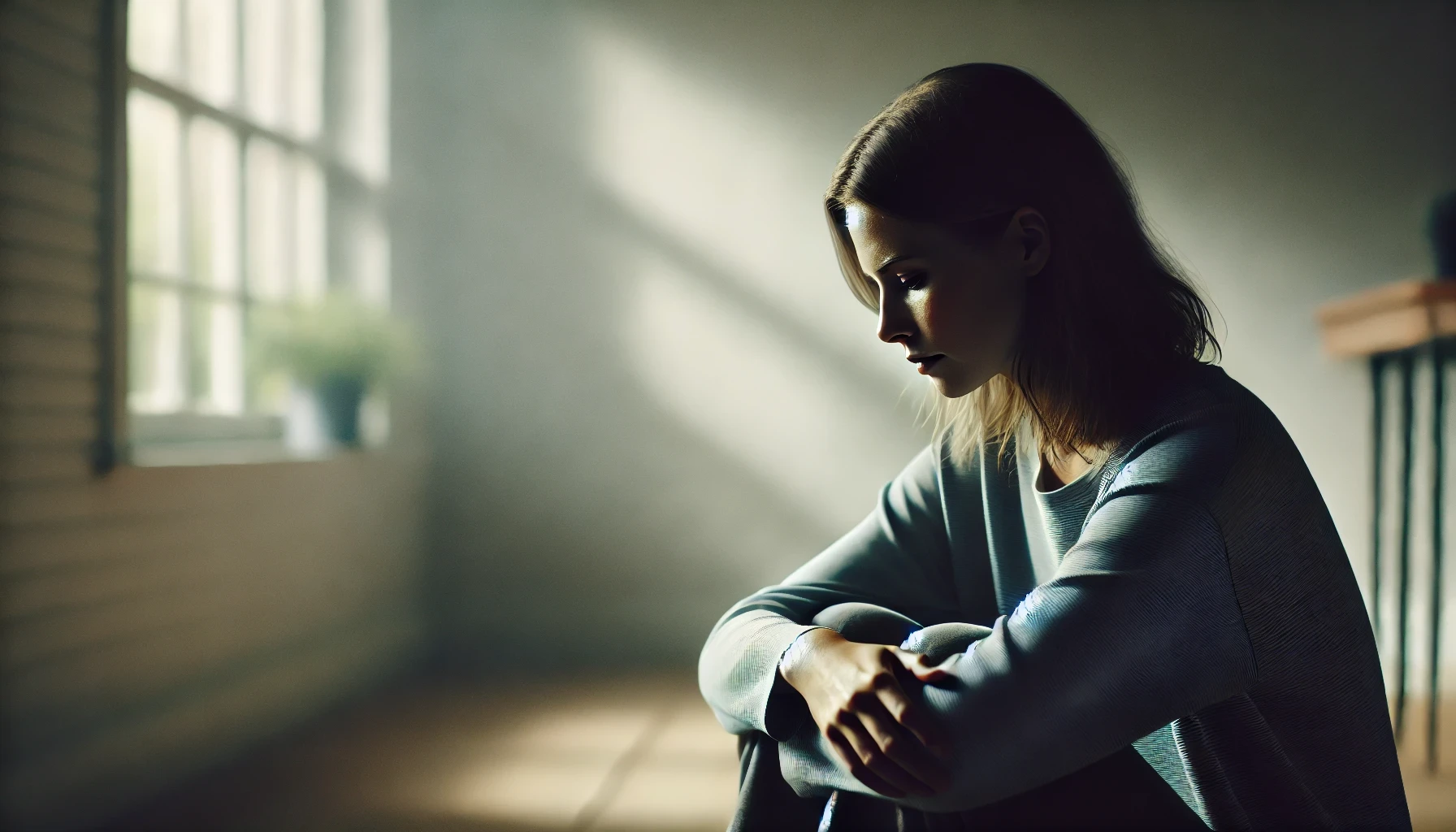In our fast-paced, modern world, mental health has become a pressing concern for many individuals. While traditional treatments such as therapy and medication can provide significant relief, there is growing evidence that creativity may also play a crucial role in supporting and enhancing mental well-being. This article explores the fascinating connection between creativity and mental health, delving into the ways in which creative pursuits can promote resilience, reduce stress, and foster personal growth.
The Healing Power of Self-Expression
Creative activities offer an invaluable outlet for self-expression, allowing individuals to process complex emotions and experiences in a safe and non-judgmental space. When we engage in acts of creation – whether through writing, painting, music, or any other artistic medium – we are able to externalize our inner world, bringing hidden thoughts and feelings into the light of consciousness. This act of self-expression can be incredibly cathartic, providing a sense of release and relief from emotional distress.
Moreover, the process of creating something new and meaningful can instill a profound sense of purpose and value in life. For those struggling with mental health challenges, finding a creative outlet that aligns with their passions and talents can provide a powerful source of motivation and direction. By setting goals and working towards them through artistic pursuits, individuals may discover a renewed sense of agency and self-efficacy.

The Stress-Reducing Effects of Flow
One of the most intriguing aspects of creativity’s impact on mental health is its ability to induce a state of “flow.” This term, coined by psychologist Mihaly Csikszentmihalyi, refers to the deeply focused and engaged state that emerges when we are fully immersed in an activity that challenges us just beyond our current skill level. In this heightened state of concentration and enjoyment, worries and anxieties temporarily fade into the background.
The flow experience has been shown to have numerous benefits for mental well-being, including reduced stress, increased happiness, and enhanced self-esteem. When we lose ourselves in a creative endeavor, we are less likely to ruminate on negative thoughts or engage in unhelpful patterns of thinking. Instead, our minds become fully engaged in the present moment, allowing us to access a sense of peace and clarity.
The Social Connections of Creativity
In addition to its individual benefits, creativity also has the power to forge meaningful connections with others. Engaging in creative activities can open up opportunities for collaboration, sharing, and mutual support among like-minded individuals. Whether it’s joining a writing group, attending an art class, or performing in a community choir, creative pursuits often bring people together around a shared passion.
These social connections can be incredibly valuable for mental health, providing a sense of belonging, validation, and emotional support. For those who may feel isolated or disconnected from others due to mental health struggles, finding a welcoming creative community can be life-changing. By sharing their work and receiving feedback and encouragement from peers, individuals may gain confidence in their abilities and find a renewed sense of social connection.
The Cognitive Benefits of Creativity
Beyond its emotional and social benefits, creativity also offers significant cognitive advantages that can support mental health in the long run. Engaging in creative activities regularly has been shown to enhance cognitive flexibility, problem-solving skills, and working memory. As we stretch our minds to generate new ideas and approaches, we are essentially exercising our brain’s ability to think in novel ways.
This enhanced cognitive function can be particularly beneficial for those facing mental health challenges, as it provides a more robust set of tools for navigating life’s ups and downs. For example, individuals with depression who cultivate creative problem-solving skills may be better equipped to identify alternative perspectives on their circumstances or devise practical strategies for managing symptoms. Similarly, those struggling with anxiety may find that the cognitive flexibility gained through creative pursuits allows them to approach worries in a more detached and manageable way.
The Role of Mindfulness and Creativity
At its core, creativity is an act of mindfulness – a purposeful focus on the present moment and a willingness to explore it with an open and curious mind. This connection between creativity and mindfulness has significant implications for mental health, as both practices have been shown to reduce symptoms of stress, anxiety, and depression while enhancing overall well-being.
When we engage in creative activities, we are training our minds to stay present and non-judgmental – qualities that are essential for cultivating a more peaceful and compassionate inner world. Whether it’s the focused attention required to paint a landscape or the open-mindedness needed to craft an original story, creativity demands that we let go of distractions and preconceptions and fully inhabit the current moment.
In conclusion, the connection between creativity and mental health is a complex and multifaceted one, with far-reaching implications for our understanding of well-being. By providing outlets for self-expression, inducing states of flow and mindfulness, fostering social connections, enhancing cognitive function, and promoting an open and curious mindset, creative pursuits can be a powerful ally in the ongoing journey towards mental health and personal growth. As we continue to explore the many ways in which creativity supports and strengthens our minds and hearts, it is clear that embracing our artistic selves may be one of the most important things we can do for our overall well-being.



